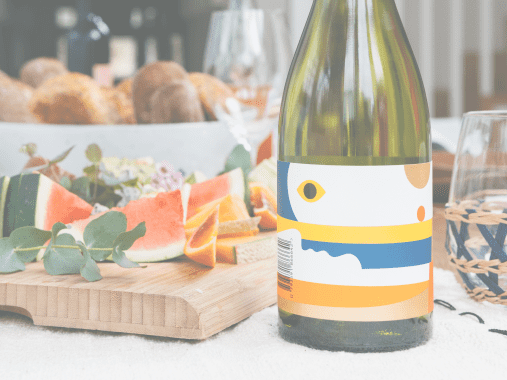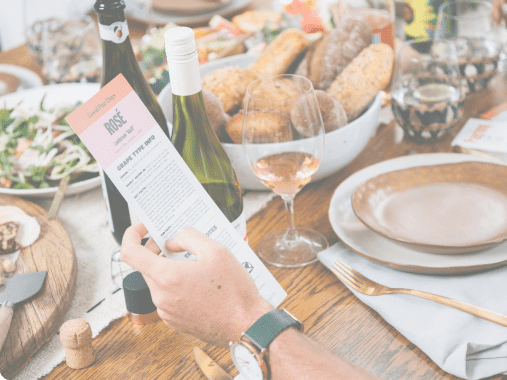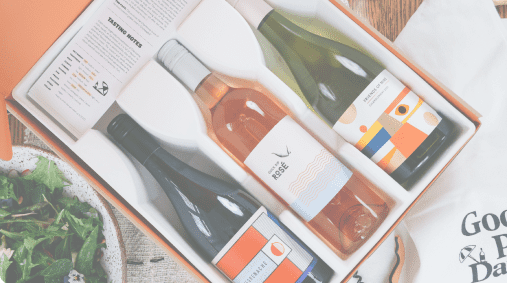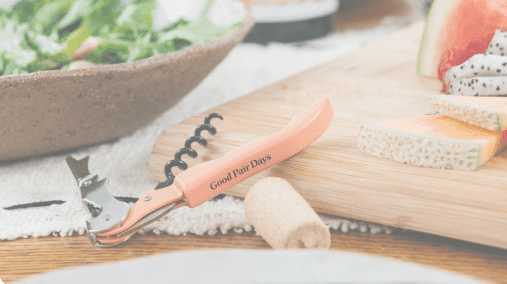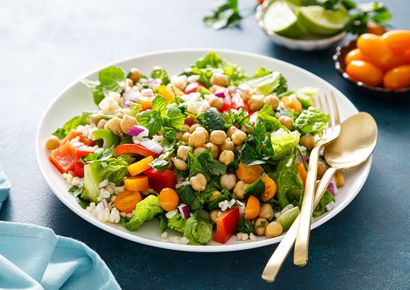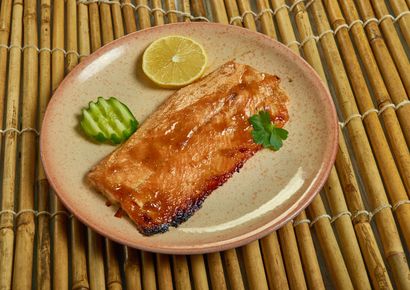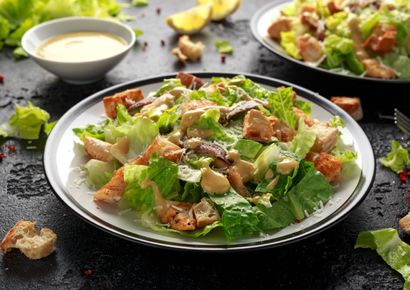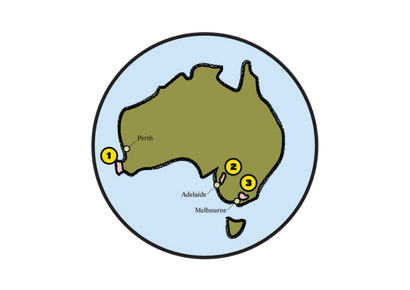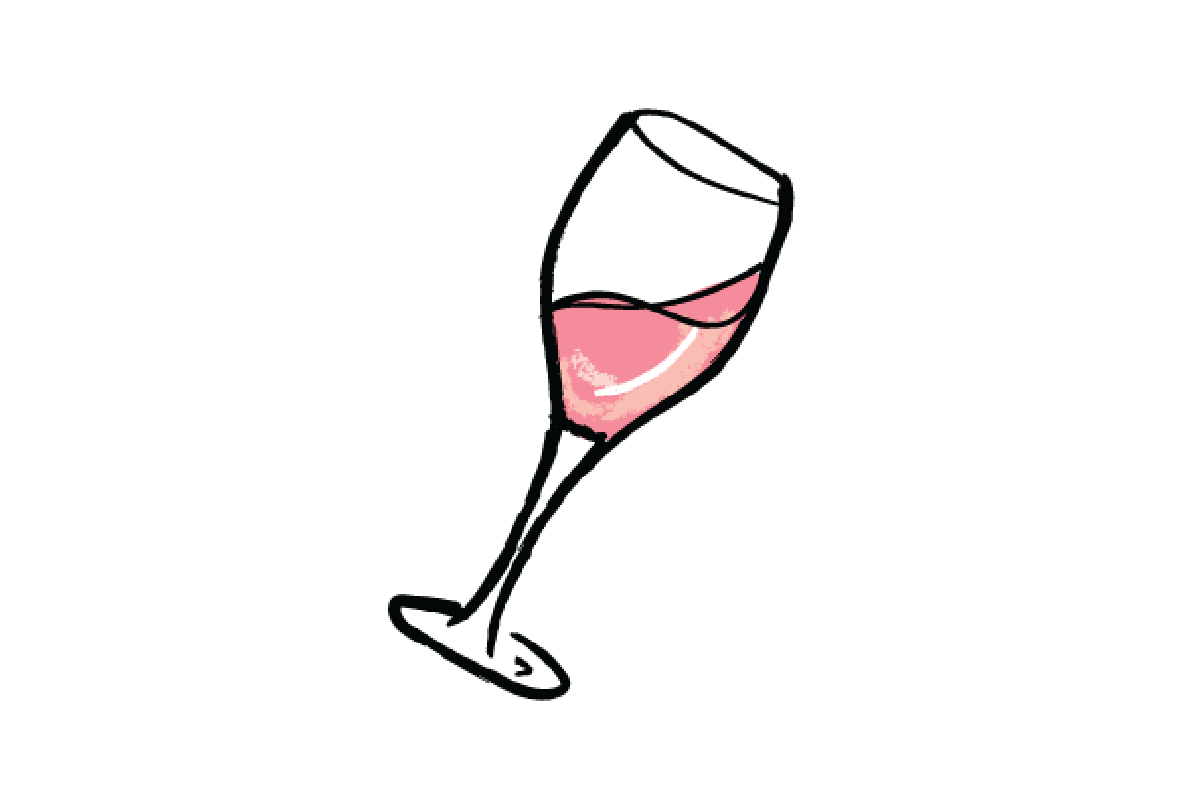Angas & Bremer Rosé 2021
Primary flavours

Grape

Red Apple Skin

Red Cherry

Dust

Fairy Floss

Rocks
Details
A full flavoured rosé made from Sangiovese grown in Langhorne Creek. Plenty of red cherry fruit and some dusty earth aromatics lead the way, although it's still fresh and vibrant. There's a lick of red apple and tangy acidity on the finish, which is balanced out by some grapey sweetness. Plenty going on.
Origin: The spiritual home of rosé is Provence, in Southern France. Mainly Grown In: Rosé is found all over the world these days, but coastal regions are especially well suited to the growing of red grapes for rosé. Key Facts: Rosé is predominantly made from red grape varieties. The colour in wine comes from the pigment found in the skins of the grapes, so even red grapes have clear-coloured juice. The colour is then ‘bled’ out of the skins by infusing the skins into the juice. So for rosé, the wine simply spends far less time hanging out with the skins! Rarely you will find a rosé that is a combo of white and red grapes – they’re not ‘less good’, just less common. Rosé is super versatile – it suits any occasion. Best to always have a bottle in the fridge, just in case, you know… Wednesday happens or something. Fun Fact: Rosé is probably the most versatile and food-friendly style of wine in the world, able to be paired with a range of dishes!
Origin: The spiritual home of rosé is Provence, in Southern France. Mainly Grown In: Rosé is found all over the world these days, but coastal regions are especially well suited to the growing of red grapes for rosé. Key Facts: Rosé is predominantly made from red grape varieties. The colour in wine comes from the pigment found in the skins of the grapes, so even red grapes have clear-coloured juice. The colour is then ‘bled’ out of the skins by infusing the skins into the juice. So for rosé, the wine simply spends far less time hanging out with the skins! Rarely you will find a rosé that is a combo of white and red grapes – they’re not ‘less good’, just less common. Rosé is super versatile – it suits any occasion. Best to always have a bottle in the fridge, just in case, you know… Wednesday happens or something. Fun Fact: Rosé is probably the most versatile and food-friendly style of wine in the world, able to be paired with a range of dishes!
Read more
Taste Profile
This wine’s tasting notes.
Sweetness

lowmediumhigh
Body

lightmediumfull
Fruitiness

nonesomelots
Tannins

lowmediumhigh
Acidity

lowmediumhigh
Oak

nonesomelots
Alcohol

low
(under 12%)medium
(12-14%)high
(14%+)
Taste Summary
This wine’s tasting notes are leaning towards medium bodied, medium sweetness, with medium acidity, some fruitiness, low tannins, medium alcohol and no oak.
Specs
Region
Langhorne Creek
country
Australia
Grape type
Rosé
Wine Maker
Angas & Bremer
Alcohol
13%
Vintage
2021
Cellar period
1-3 years
Production method
Conventionally Made
State
SA
Pairing guide
Crafted from beautifully ripened Aussie Sangiovese grapes, this charming rosé is a real winner when it comes to food pairing. It’s got a particular affinity for simple pasta salads, tomato-based sauces and dishes putting heritage tomatoes front and centre, and will also work beautifully with dishes combining fresh basil and parmesan or grana padano cheeses. Salmon, charcuterie, grilled chicken breast and prawns will also work well, and it will go down a treat at your next barbecue, too.
Read more
Food

Paella

Chicken Salad

Aperitif
Tastes

Juicy
Moods

Any and all
Seasons
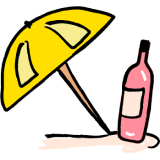
Summer
Recipe Matches
Wine region

Langhorne Creek, Australia
The Langhorne Creek is a wine region in South Australia that is best known for its rich, full-bodied red wines such as Shiraz, Cabernet Sauvignon and Malbec. The region has a Mediterranean climate with warm summers and mild winters, and a cooling influence from nearby Lake Alexandrina which helps moderate the temperature. All of which makes this region ideal for producing high-quality and age-worthy red wines. In fact, the region is responsible for a large portion of the red grapes used in wines all over the state! The region also produces some white wines, particularly Chardonnay, but it's the red that makes up the lion's share of plantings. The region is surrounded by picturesque countryside and has a long history of grape growing and winemaking dating back to the 1850s.
Read more









